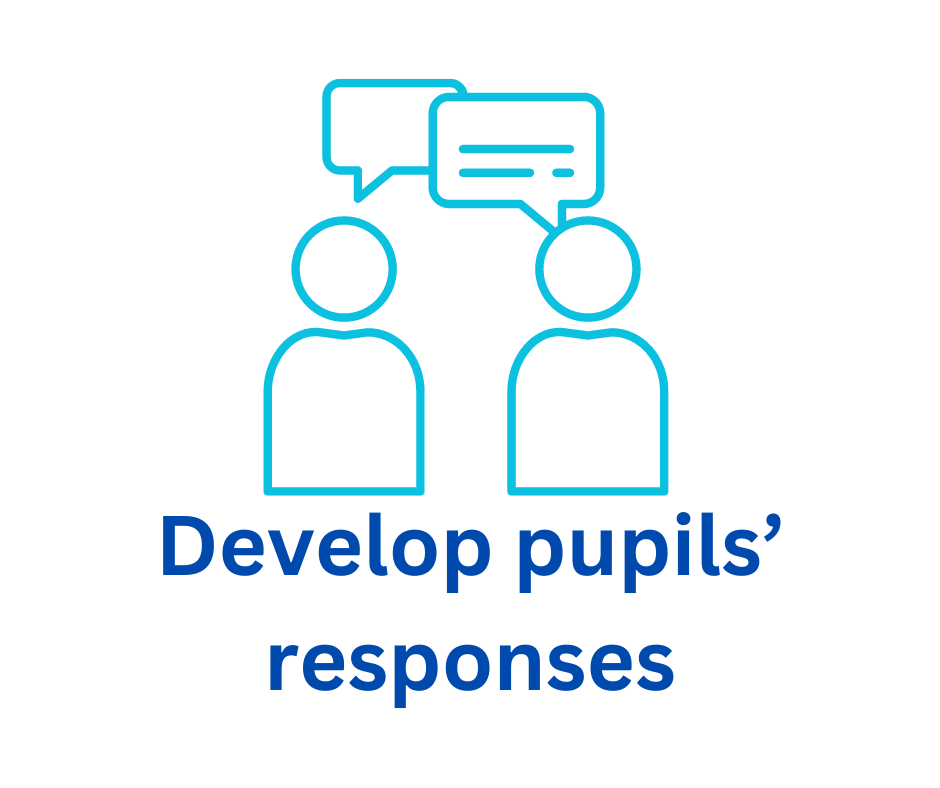
In this section, you will find 12 ideas for supporting pupils to develop their responses.
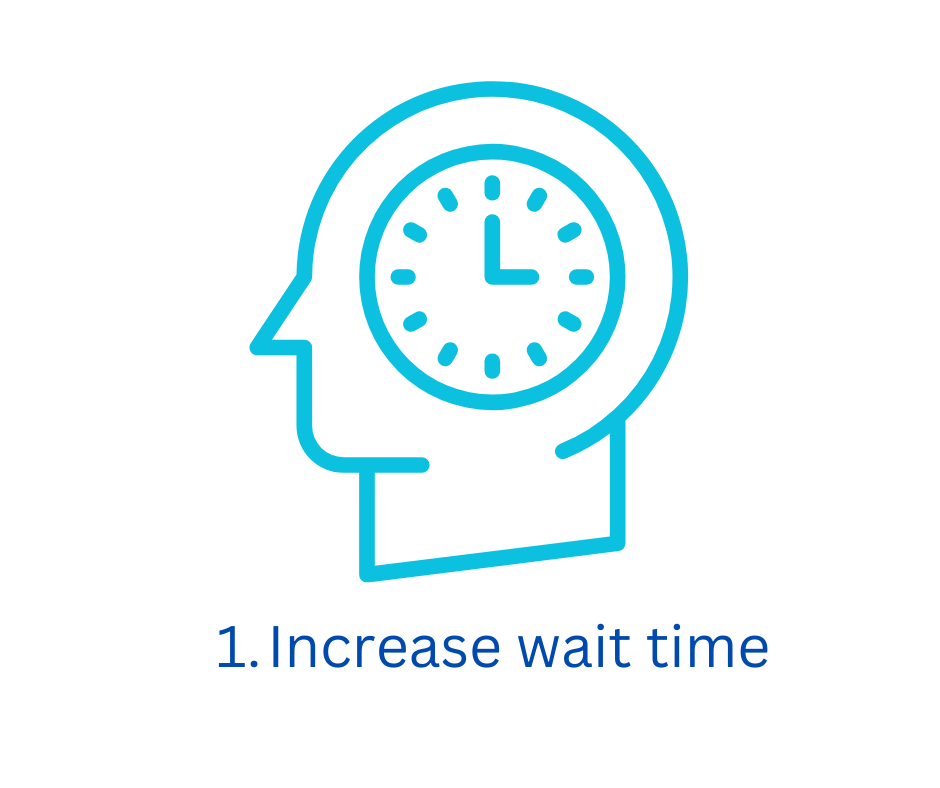
The average wait time between asking a question and choosing a pupil to respond can be as little as 0.7 – 1.5 seconds.
Ask a question. Pause for 3-5 seconds. Seek responses.
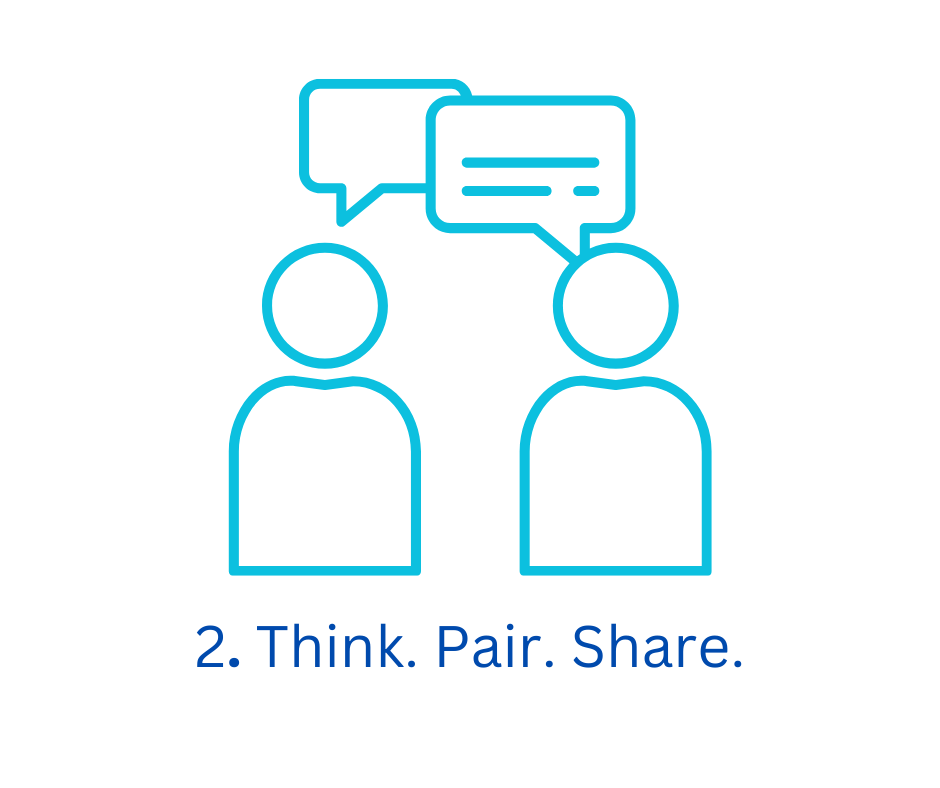
Ask a question.
Think: Give time for pupils to think about their response.
Pair: Provide time for pupils to rehearse and refine their response with a partner.
Share: Seek responses from pairs.
Teach the routine of effective talk partners beforehand.
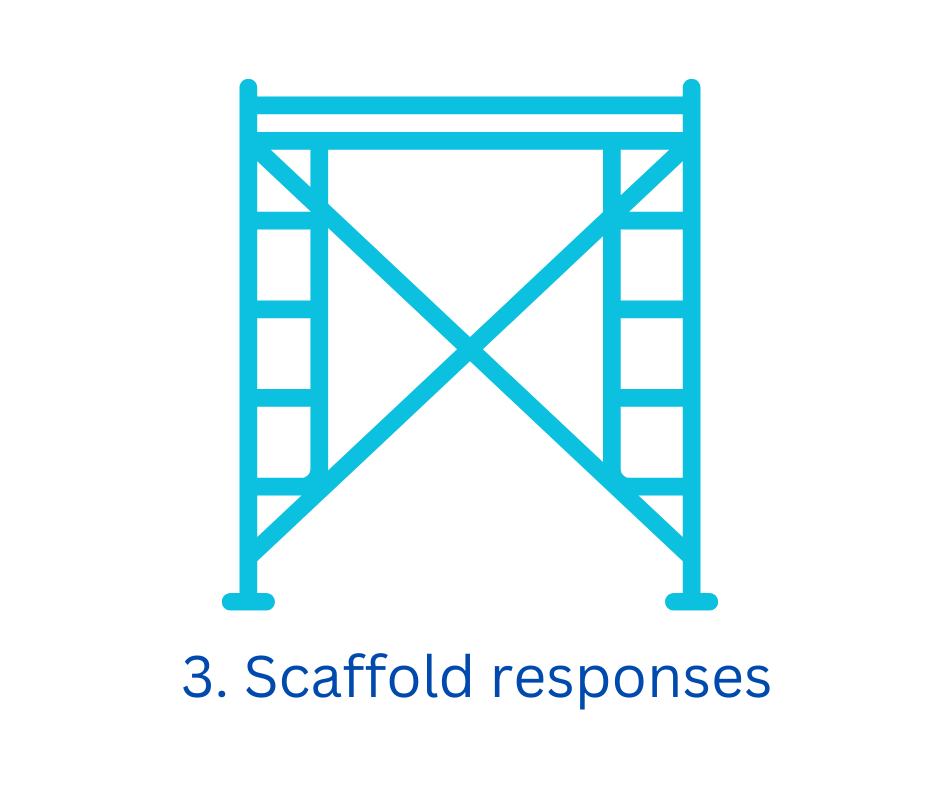
Prompt children to extend their ideas using universal prompts. Model using these examples:
- I think that… because…
- I wonder if
- The text says… so I think that…
- On one hand… on the other hand…
- I predict that… because…
- If… then…

Use sentence stems that support pupils to build on from (politely!) disagree with previous responses:
- Building on from what John said, I think…
- I can see John’s point of view, but…
- I agree with John’s point, but I also think that…
- ‘Bounce’ a question around to seek responses from multiple pupils.
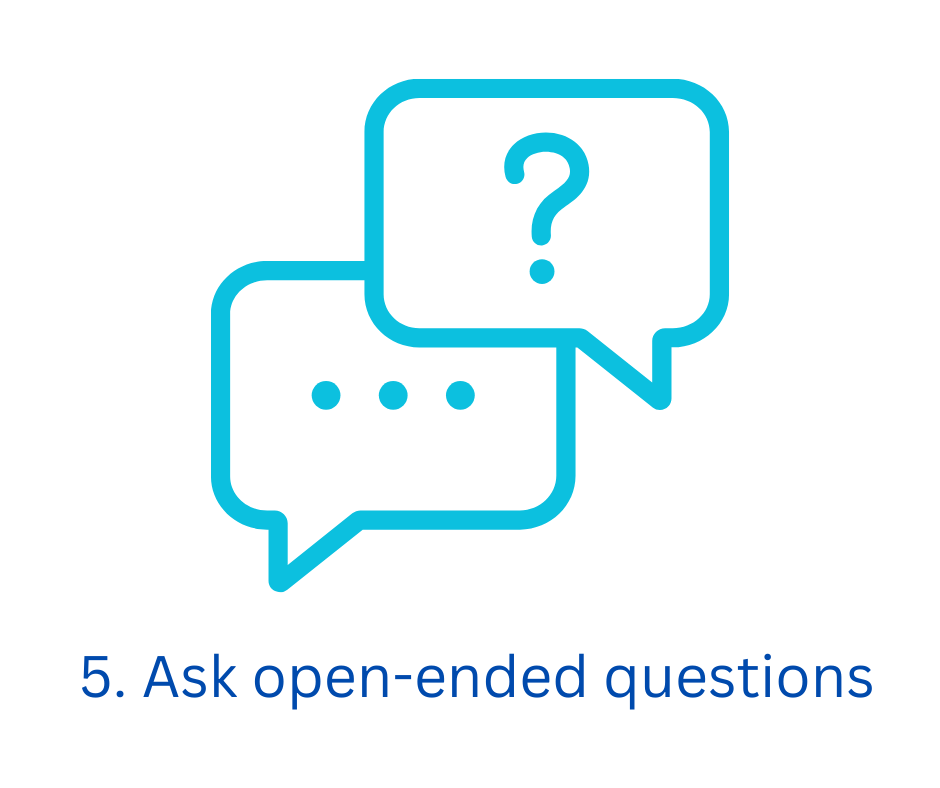
Plan opportunities for open-ended questions that will elicit a more developed answer.
‘What do you understand about the water cycle?’ or ‘How are camels adapted to live in the desert?’
Show an interesting image and ask: What do you see? What do you think? What do you wonder?
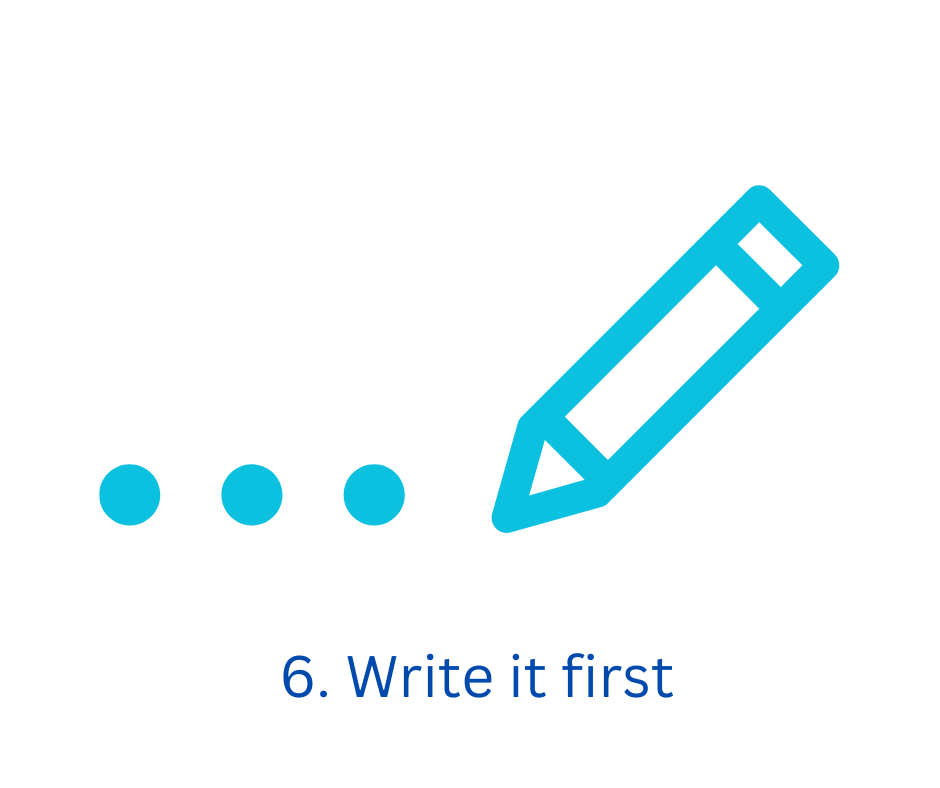
Give children the opportunity to write their responses to a question to allow deep thinking. Mini-whiteboards work well for this as they allow editing with ease.
Consider using sentence stems to support.
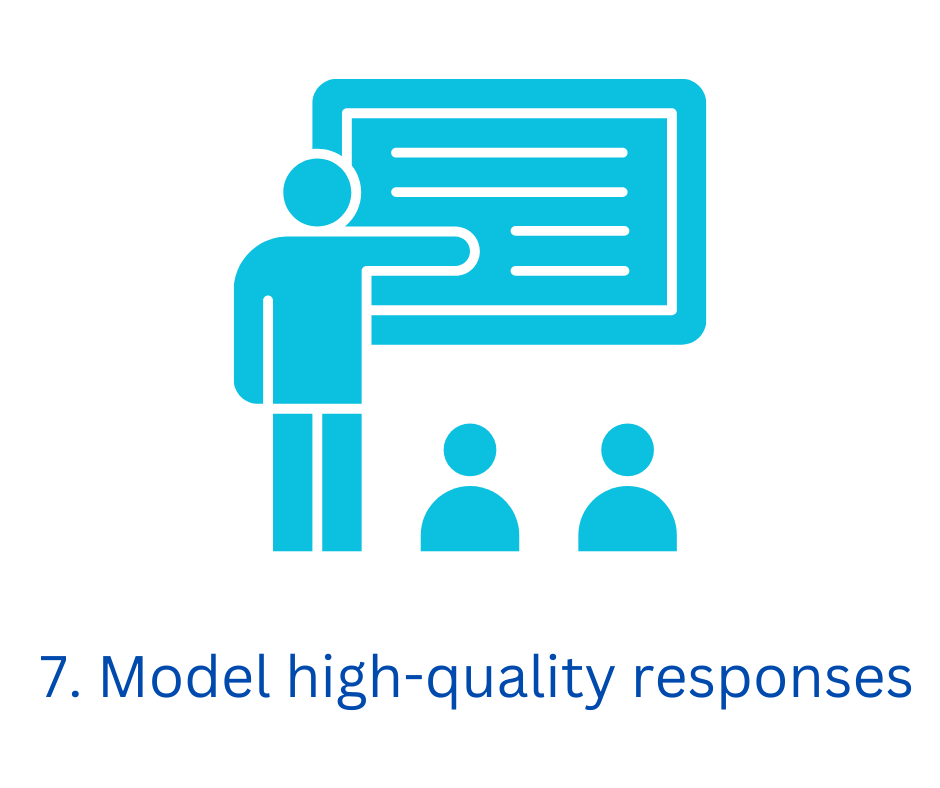
Model the response you are looking for so children build a mental model of what a high-quality response looks like.
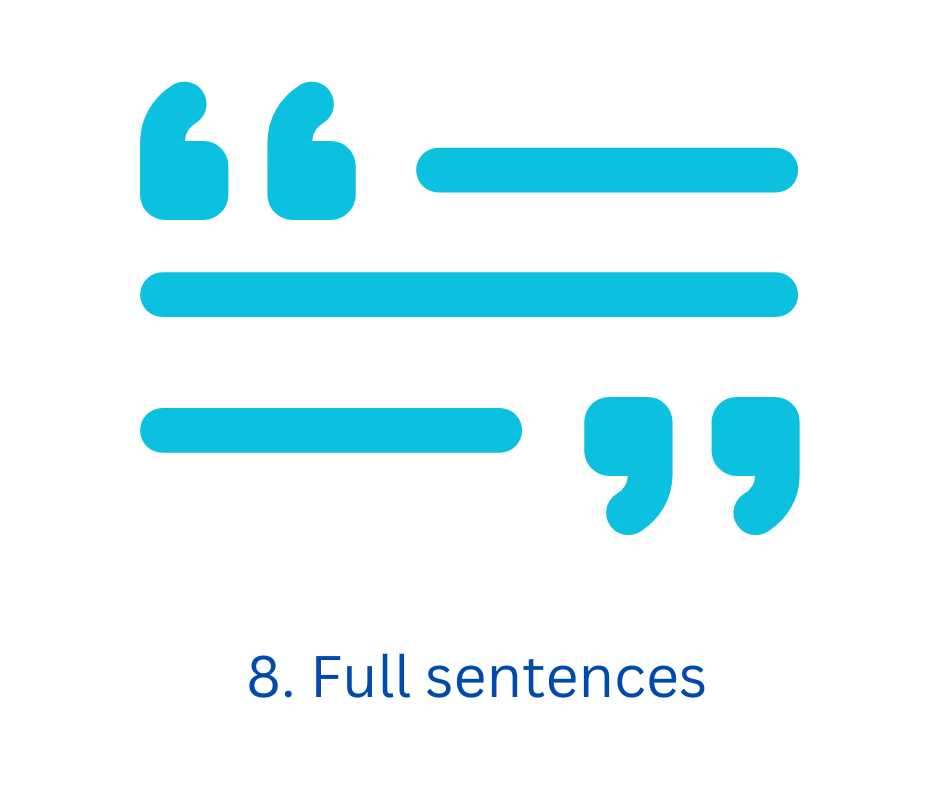
Support pupils to respond in full sentences.
Teacher: What is the formula for calculating the area of a rectangle?
Pupil: The formula for calculating the area of a rectangle is the length multiplied by the width.
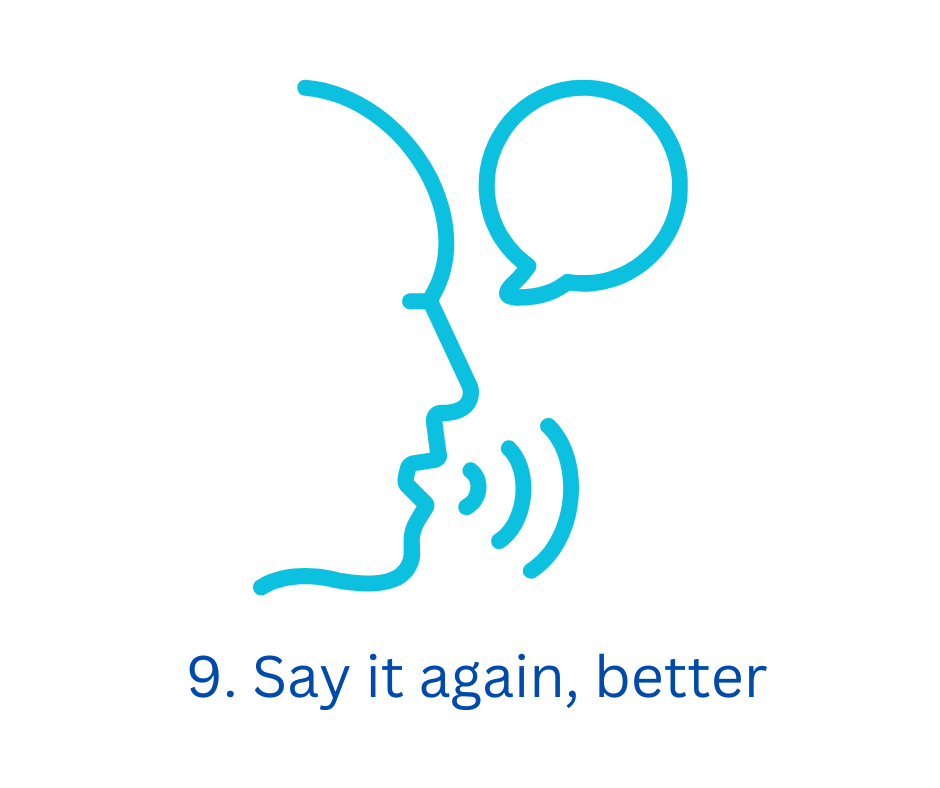
Prompt children to improve their first response to further develop their initial ideas. Ideas could include: adding technical vocabulary; speaking in full sentences; expanding an idea or summarising their points.
Try these phrases as a starting point:
- ‘Can you elaborate on what you mean by…?’
- ‘Can you include the word xxx in your response?’
- ‘Can you use a scientific term?’
- ‘Can you summarise what you’ve just said?’

Support children to expand on their ideas by using open-ended prompts.
- Tell me more…
- What makes you think that?
- How do you know?
- Why is that important?
- Can you develop that idea?
Try including non-verbal prompts too:
- Raised eyebrows and a head nod, with sounds of encouragement (‘Mmm hmm’).
- A rolling gesture with your hands.
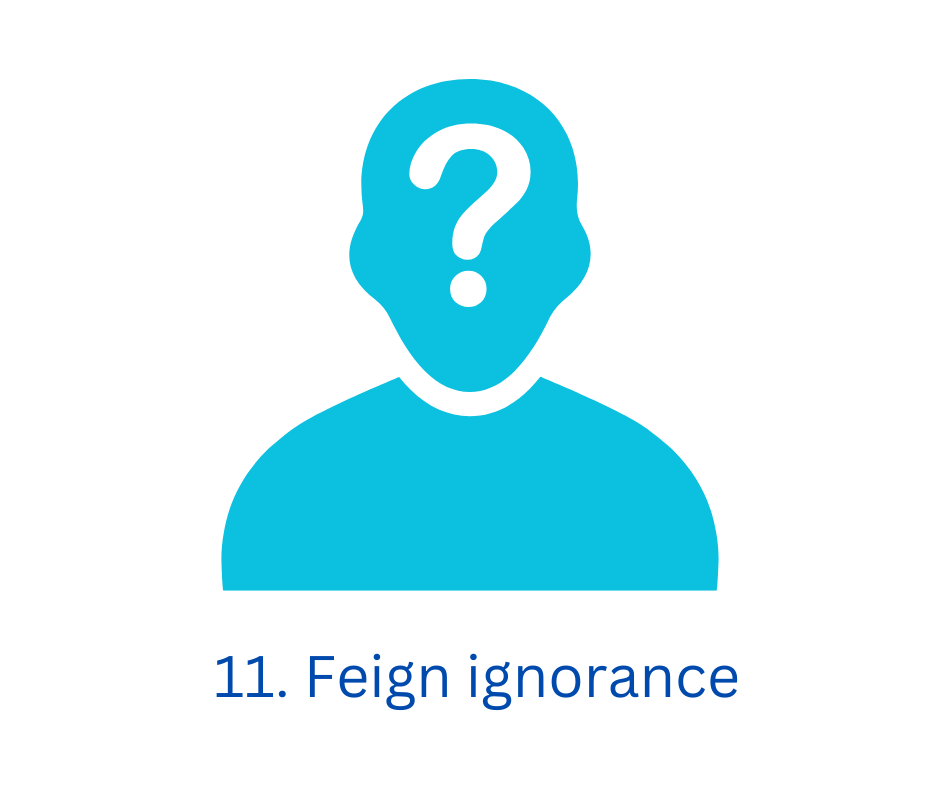
Feign ignorance so that children elaborate on their responses.
‘What do you mean by xxx?’ followed by, ‘Oh I see!’
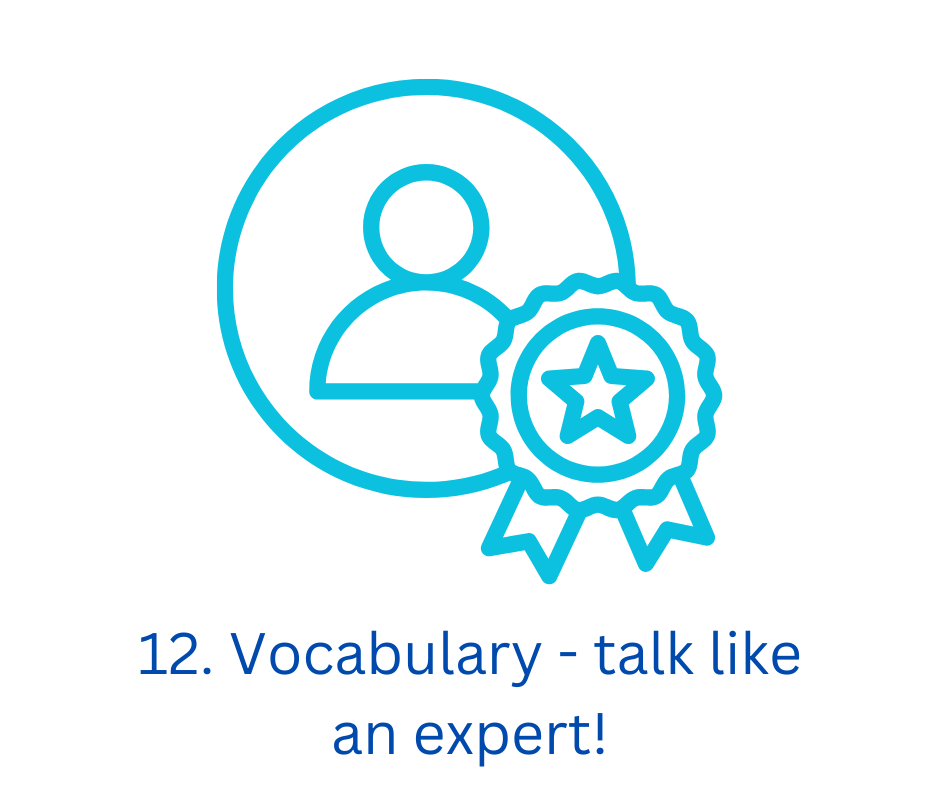
Are you in a Science lesson? Sound like a scientist! History lesson? Sound like a historian!
- Choose the tier 2 and tier 3 vocabulary you want children to use.
- Model using it in context.
- Display the vocabulary as a scaffold for children to use.